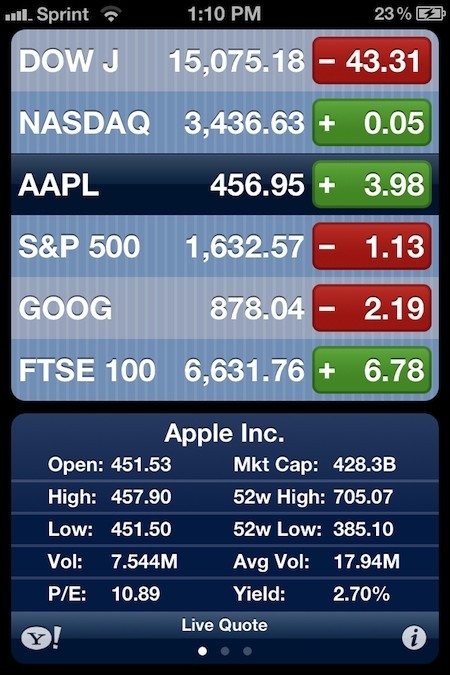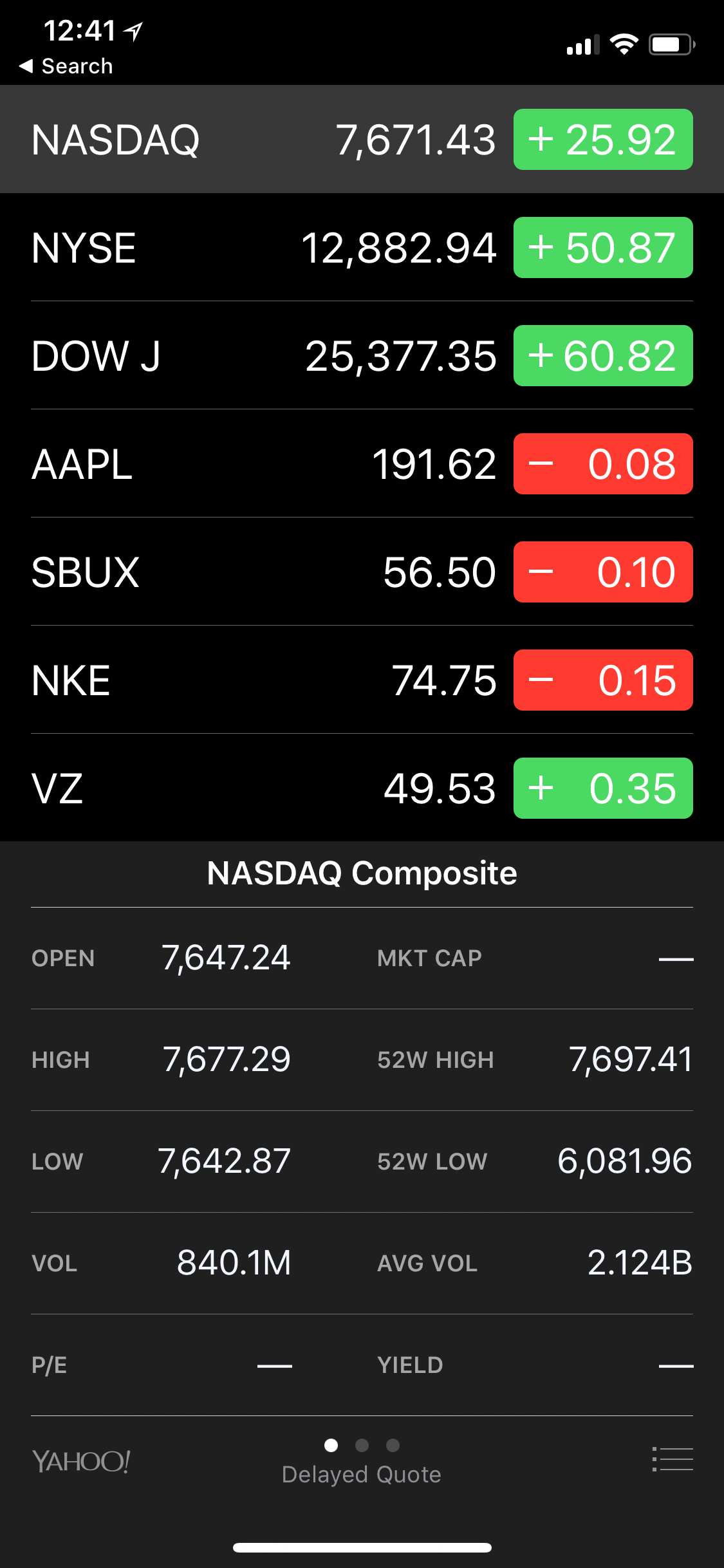The Best Things for Journalists in Apple’s New Operating Systems
Augmented reality and dark mode may have stolen the show for geeks, there are also some serious changes coming for journalists in Apple’s updates. This may be the most news-focused release Apple has ever had in a Worldwide Developers Conference (WWDC) with new software changes for business reporting, desktop news consumption, and the fundamental ways smaller news outlets engage with their readers.
Apple News
Along with a slew of other software, one of the biggest headlines of the release is that Apple News is coming to the Mac. A spokeswoman for the Apple News team says that people want to get their news where they are which is why it's time to bring it to the all of the devices people are using.
This is particularly impactful when you consider that it is an expansion of an existing and free publishing service to a new platform with nearly 100 million active users, according to Apple’s last estimates in 2017.
A new browse tab on iPad and Mac will make it easier for readers to discover smaller special interest news outlets and to jump to specific publications. The idea is "to make it easy and fun to dig into the areas you’re most interested in." according to Susan Prescott, Apple's VP of Product Marketing. It certainly makes brand loyalty easier for avid readers of daily publications.
The Stocks App and Business Reporting
The stocks app is typically one of those that people might delete right after getting a new phone. However, according to Craig Federighi, Senior VP of Software Engineering of Apple, the app has been completely rebuilt which will undoubtedly be a great asset for journalists.
The app currently has numbers and some shallow stats but not much else. It pulls accurate statistics and price timelines from Yahoo but doesn’t include spark graphs for specific stocks, after hours pricing, or any context for why shifts occur in the market. It hasn’t seen many changes since it was first released with the original iPhone in 2007. Although it’s gotten taller, traded its Wolf of Wall Street pinstripe blue for Space Grey and flattened out it’s bubbles, nearly all of the functionality is identical. Up to this point it has only been available on the iPhone.
With this new release, the Stocks app is now about journalism, not just numbers. For iPhone, iPad, and the Mac, Apple is taking the business section of Apple News and connecting it to the Stocks app to make it function like a junior Bloomberg terminal. Each stock is listed with contextual Apple News articles related to specific stock price fluctuations. Graphics display much more detailed data for individual stock price changes including spark graphs for individual stocks and after-hours pricing.
It’s been two years since Apple last released the user statistics for Apple News (last reported at around 70 million) but according to a report from Tom Dolan at The Information in February, "Apple News has generated half of Vox.com's daily traffic at times, according to a person familiar with Vox's numbers. An executive at the website of a major TV network said Apple News has accounted for as much as 60% of traffic for some stories." If Apple wants to take aim at the Bloomberg customer base with the new Stocks App, readership numbers like this - combined with the fact that it’s free and built into the entire Apple ecosystem - makes it more of a possibility and a potentially big new platform for business reporters.
Bloomberg Terminal
The Comments Section
Apple has a clear distinction from other Silicon Valley giants in how they think about data privacy and journalism. "One of the reasons that people choose apple products is because of our commitment to security and privacy" Federighi said. This makes publishing more difficult for smaller outlets, but has a huge benefit by making it easier for readers to find quality news safely.
Intelligent Tracking Prevention 2.0 shares its quiet boringness and enormous significance with big web topics like net neutrality. Intelligent Tracking Prevention was released last year and dramatically reduces those ads that seem to follow users around the internet no matter where they go.
Intelligent Tracking prevention can keep the browsing experience private. Shloka Kini, a developer at Apple, broke down the complicated feature into it’s essentials.
"It’s a Safari feature that reduces cross-site tracking by limiting cookies and website data for domains with tracking abilities." said Kini. Essentially, this new feature makes almost all cookies by default not accessible to third party websites at all. Though journalists may have little interest in tracking people, the advertisers and social media companies they use do.
Intelligent Tracking Prevention 2.0 blocks snippets of tracking code, particularly buttons that allow social media giants like Facebook to track users almost anywhere on the internet.
"It turns out these can be used to track you whether you click on them or not. And so this year we are shutting that down." said Federighi.
This means that, if a news outlet engages their readers using Facebook’s "like" buttons and comment fields, most Apple users - including readers browsing the web on iPhone - will not see those buttons or be able to like or comment for any website.
Federighi said there is one exception. When referring to the screen with a pop-up window that asks for consent to access private data, "If you do want to interact with one of these," he said, "you can decide to keep your information private."
Smaller publications that use services like Squarespace and Wordpress - which rely heavily on third-party commenting features - may suddenly find themselves cut off from their audience if they don't do their research.



